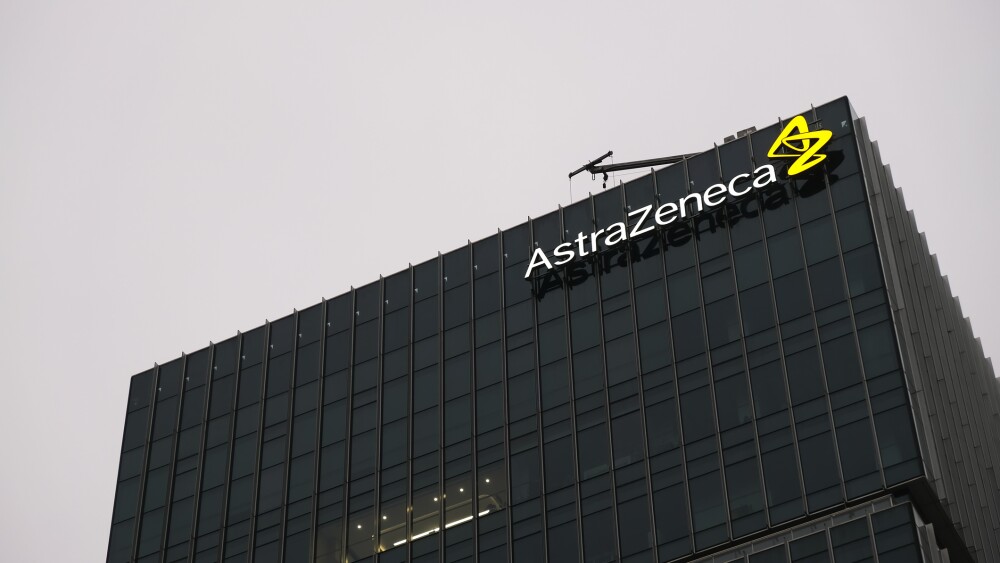The life science industry is growing rapidly, and many companies have announced expansions and job creation. Still, others have been forced to cut costs and slash jobs. For that and more, continue reading.
The life sciences industry is growing rapidly, with more and more companies announcing expansions and job creation. On the opposite end of the spectrum, some companies have been forced to cut costs, slashing jobs along the way. For an update on job creation and layoffs in the month of June, continue reading.
Job Creations
Regeneron: One year after Regeneron announced plans for a $1.8 billion expansion of its Tarrytown, New York facilities, the ground has been broken. Democratic New York Gov. Kathy Hochul announced the start of construction that will ultimately allow Regeneron to add on at least 1,000 new full-time jobs.
Takeda: Global pharma giant Takeda announced it secured 600,000 square feet of research and development and office space in a new construction at Cambridge’s Kendall Square. The bio-hub known as Genetown in the greater Boston, MA area remains a top destination for life sciences companies, and this new addition will only add to the hub. Takeda is already the largest life sciences employer in Massachusetts, with roughly 5,000 employees in the state.
Horizon Therapeutics: Construction on the new state-of-the-art laboratory facility in Rockville, Maryland, has already begun, and the site is expected to be completed by 2024. The new building will provide the company with 192,000-square feet of space for its team, many of whom joined the company following its 2021 acquisition of rare disease company Viela Bio, which was headquartered in Gaithersburg, Maryland.
Evonik Industries: Germany’s Evonik Industries, in partnership with the U.S. government, is investing more than $200 million to build a lipid manufacturing facility in the United States. The company selected a site in Lafayette, Indiana, to support the flexible production of lipids. In its announcement, Evonik said the Tippecanoe site will strengthen the company for “future growth in novel mRNA-based therapies beyond COVID-19 vaccines,” as well as strengthen its “leading role as a strategic partner for innovative pharmaceutical companies worldwide.”
Layoffs
Amarin: New Jersey-based Amarin announced that a global financial and organizational restructuring would occur amidst the dynamic U.S. economy. The company hopes to lessen operational costs by $100 million over the next year by reducing the U.S. commercial force by 90%, and its focus will pivot towards expanding its presence in Europe.
Vincerx Pharma: In California, biopharmaceutical company Vincerx has announced its intent to restructure its financial strategies and shift its clinical focus. Full-time employees of Vincerx will be reduced by 33%.
Athersys: Shares of Cleveland-based Athersys plunged after the company announced a strategic restructuring that will result in the slashing of 70% of its workforce. Athersys undertook the restructuring to reduce costs in order to prioritize its MultiStem programs, it said in an announcement. Athersys said the job reductions, the majority of which are expected to be completed by the end of this month, will enable the company to reduce its cost structure and “become more attractive to both financial and strategic partners.”
Atreca: The clinical-stage biotechnology firm is reducing its staff count by over 25% and revising its operating plan to reflect these cost-cutting measures. The company posted a net loss of $24.9 million in the first quarter of 2022, mainly owing to research and development expenses, logged at $17.1 million, and general and administrative expenses, logged at $8.6 million.
Praxis Precision Medicines: Praxis announced unfavorable results from a Phase II/III study of PRAX-114 in major depressive disorder (MDD), along with the decision to focus on movement disorders and epilepsy. The press release stated that “the strategic realignment will result in a reduction of the company’s workforce and future operating expenses,” though the company did not say how much of the workforce would be culled.





